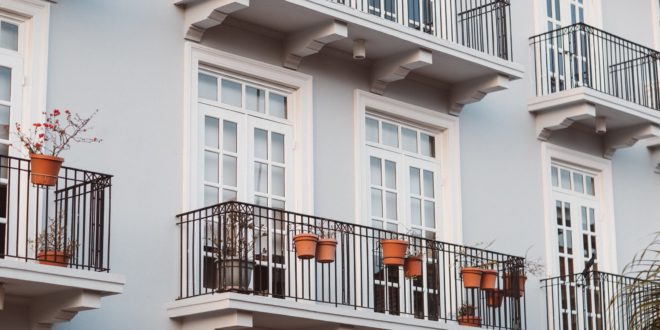One of the benefits of apartment living is that these spaces are typically more energy-efficient than houses. However, cutting utility costs frees up more disposable income to enjoy the city you call home. The challenge lies in figuring out how to reduce energy usage without doing anything that puts your lease or damage deposit at risk.
Here are five practical tips to help renters reduce energy consumption without making permanent changes.
Look for Updated Appliances
The first step in reducing energy consumption is looking for an apartment that has Energy Star appliances. If you’re looking at apartments with an outdated fridge, stove, or laundry machines, you can expect to pay more in utilities. It’s up to you to calculate the savings in rent for an outdated apartment versus the potential utility costs.
Take some time to contrast and compare rental apartments at UMoveFree site to look for apartments with upgraded appliances and eco-friendly design considerations.
Use Power Strips
Your appliances and electronics use electricity even when you’re not using them. This is often referred to as phantom power consumption, and it can cost you hundreds of dollars each year.
Consider unplugging your appliances when they’re not in use or using power strips to shut down the power with the click of a button. This is a simple strategy that makes a significant impact over time.
Use Residual Heat
Take advantage of residual heat when you cook a meal by leaving the oven door open after. Many apartments use baseboard heaters as the primary heat source during the cooler months, which causes a significant increase in energy consumption. Letting the oven door sit open after cooking will help offset energy costs.
In the warm months, try to minimize the use of your stove. If you have a balcony and you’re allowed a grill, consider cooking outside instead. Use a microwave or toaster oven to minimize residual heat that forces your air conditioner to work harder.
Create a Cross Breeze

During the temperate months, consider turning off the heating or cooling systems and opening your windows to catch a cross breeze. You can also use this strategy during the evenings during the summer to minimize air conditioning costs.
Adding a few oscillating fans will improve air distribution to help you get the most out of a cool breeze. You can also place a bowl of ice in front of a floor fan for a low-cost, sustainable air conditioning alternative.
Block Drafts
Homeowners will often use weather stripping and insulation to block drafts. However, that’s not always an option as a renter. Fortunately, you can find affordable, temporary draft blockers online.
If you have a drafty door, get a thermal curtain to hang over it for insulation. These reusable curtains adhere to the door frame with a velcro opening to keep the door operational. You can also get cellophane window seals or sand-filled draft blockers for along window ledges and entryways.
You can purchase a draft detector from a home improvement store. Alternatively, you can find drafts using a candle by walking around slowly near doors and windows and noting whether the flame flickers or goes out.
Try the strategies on this list to minimize your energy usage without negatively impacting your damage deposit or lease. While you may not be able to make permanent changes, you still have control as a renter.



